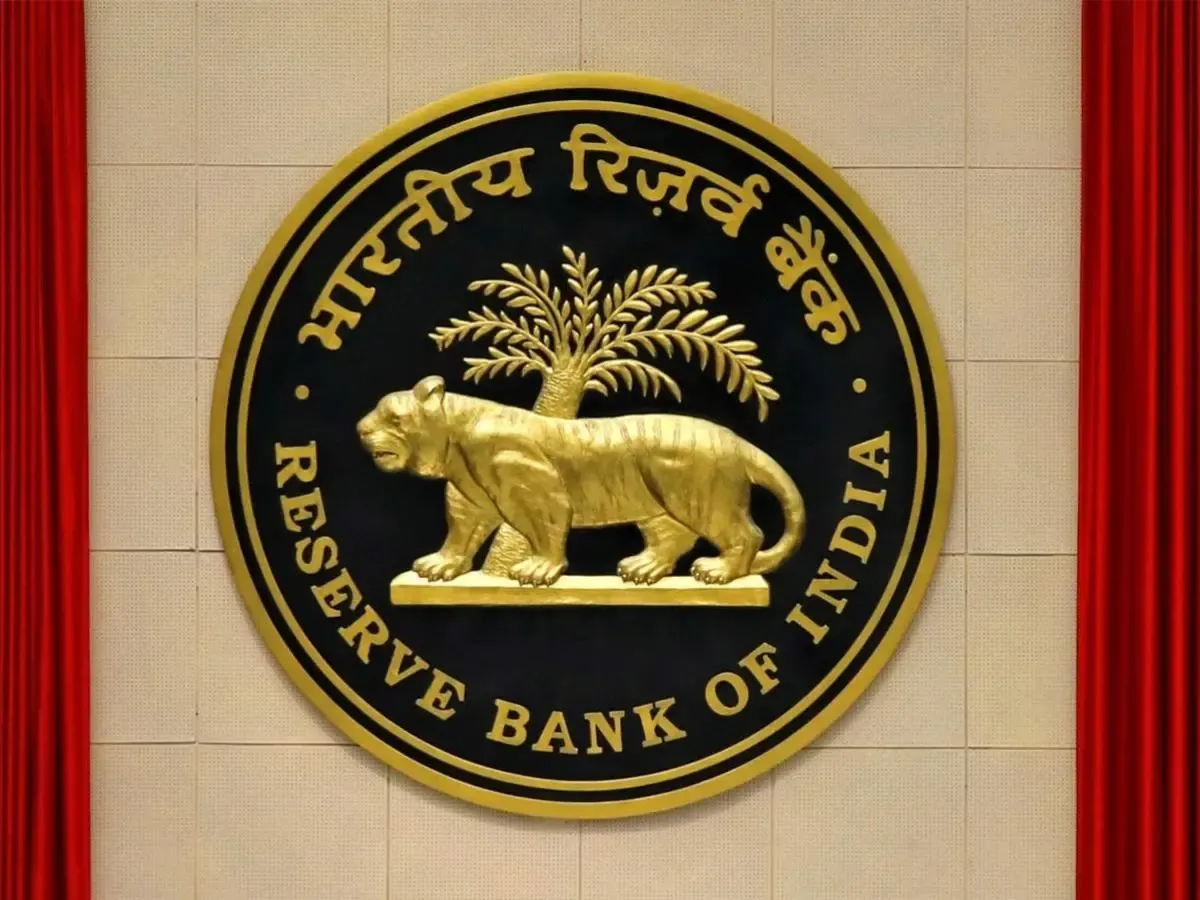Business News
When will RBI’s MPC meet next? What is the current RBI monetary policy stance? Check all details

3 min read | Updated on December 04, 2024, 12:29 IST
SUMMARY
The Reserve Bank of India’s Monetary Policy Committee (MPC) meeting is scheduled to start on December 4 to determine whether to adjust the repo rate and modify its monetary policy stance. The repo rate was last changed in February 2023, when it was increased from 6.25% to 6.5%.

The repurchase agreement, or the repo rate, is a rate at which the RBI provides short-term loans to commercial banks
Reserve Bank of India (RBI), the country’s central bank, is set to have its three-day Monetary Policy Committee (MPC) meeting from December 4 to December 6, which will be one of the major financial happenings in the last month of 2024. The MPC is the rate-setting panel of the RBI.
The upcoming meeting will be headed by RBI Governor Shaktikanta Das. The six-member committee will announce its policy decisions on December 6. The MPC has six members, three external and three members from the RBI.
After the December meeting, the next MPC meeting is scheduled from February 5, 2025 to February 7, 2025.
What was the outcome of the MPC meeting in October?
The RBI maintained the status quo and kept the repo rate at 6.5% for the 10th time in a row in its MPC review for the October month. The central bank also changed its monetary policy stance from ‘withdrawal of accommodation’ to ‘neutral’, a first in nearly two and a half years, since May 2022.
A withdrawal of accommodation is a comparatively restrictive monetary policy in which the RBI pushes for a lower money supply in the market to control prices. On the other hand, a neutral stance is a softer position in which the RBI is neither increasing the spending nor decreasing it—this stance allows the central bank to be flexible and adjust policy rates as per the conditions of the economy. A neutral stance is taken when inflation and economic growth are both equally important, while in a withdrawal of accommodation stance, the RBI increases interest rates to keep inflation in check, leading to slower economic growth.
What is repo rate?
The repurchase agreement, or the repo rate, is a rate at which the RBI provides short-term loans to commercial banks. When the repo rate is increased, loans become more expensive for banks, which means higher interest rates on loans for consumers, which in turn means decreased money supply in the economy. When the repo rate is decreased, interest rates on loans for consumers are also decreased, encouraging more spending by consumers and pushing more money into the market. The repo rate was last changed in February 2023, when it was increased from 6.25% to 6.5%.
What are the other RBI stances?
Accommodative stance: Under this, the RBI is open to increasing the money supply in the market to support economic growth. This is when interest rates are decreased. RBI maintained this stance in the last two years, especially during the Covid-19 pandemic.
Hawkish stance: This depicts RBI’s aim to control inflation, generally by increasing interest rates. This stance is adopted when inflation is extremely high and is concerning for the economy. It is a stricter approach than withdrawal of accommodation as that is a more gradual change in policy while during the hawkish stance, changes are swift and immediate.
Calibrated tightening: This is used to describe when the central bank is not considering rate cuts currently but is gradually moving towards a tighter monetary policy. In this, the RBI gradually decreases monetary accommodation to maintain economic stability.
There are other stances as well that follow similar approaches to the above-mentioned like Inflation Targeting and Monetary Policy Easing. These monetary policy stances are referred to with different names as well.
By signing up you agree to Upstox’s Terms & Conditions
About The Author
Next Story

